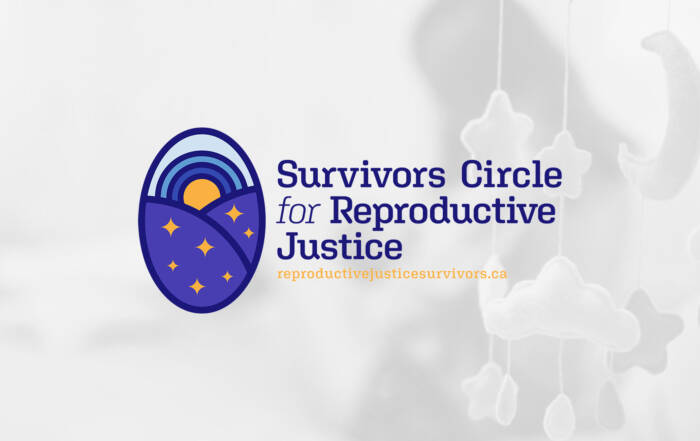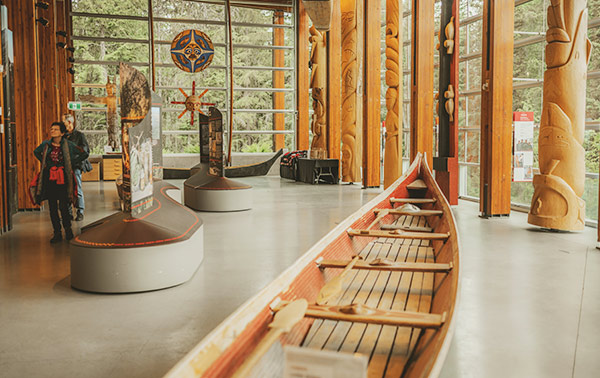Water is much more than a resource: it’s a relative
Water is much more than a resource: it’s a relative
March 22nd marks World Water Day, a day established by the United Nations to celebrate and protect clean water. Too many people view water as a resource: something we consume that is necessary for life, and that people in many parts of the world can’t access. But understanding water only as a resource is problematic. It often focuses on access to water in the present, without referencing its ties to history and colonization. In doing so, we erase the important foundational knowledge that many Indigenous Peoples around the world have about water. For them, water is so much more than a resource: it’s a relative. Understanding the relationships implied by this awareness is key to understanding many of the issues for which Indigenous communities advocate today.
Water and Colonization
Water and colonization are inextricably linked. Over hundreds of years, colonial powers crossed oceans to breach, uninvited and in increasing numbers, living rivers and tributaries on the sovereign lands of many Nations.
Samuel de Champlain, who reached Tadoussac on the north shore of the St. Lawrence River in 1603, was drawn by the waters, venturing up the Saguenay River until he realized his boats could go no further. He eventually set forth to Acadia to seek out a potential colony; in the process, Champlain mapped the Bay of Fundy, the Annapolis Valley, and the Atlantic coast south of the St. Lawrence River. He returned to the St. Lawrence valley in 1608, establishing the first permanent and continuous settlement in Canada. Champlain’s mapping exercise opened up vast lands to other Europeans and provided rationale for the expansion of colonial ambitions.
Throughout the nineteenth and twentieth centuries, large settlements were built around waterways that Indigenous Peoples relied on for food and travel–waterways that became shipping routes to enable the extraction of resources like lumber and metals. The expansion of cities, too, had important impacts on Indigenous groups. For example, in 1919, the city of Winnipeg turned on the taps to a modern drinking water system, expropriating more than 1,200 hectares of First Nation ancestral land around Indian Bay to make way for construction of the water intake. The community of Shoal Lake 40 First Nation was forced into isolation, cut off from the mainland on a manufactured island. As a result, Shoal Lake 40 has lost many community members over the years who have been forced to make the dangerous journey over ice or water just to reach basic amenities. Further, while the aqueduct brings drinking water from Shoal Lake to the city of Winnipeg, Shoal Lake 40 has lived under a boil water advisory since 1997. So a community whose water sustains Winnipeg has no access of its own to the same resource.
Shoal Lake 40’s experience was not an isolated event. Canadian history is full of examples of Indigenous Peoples being forcibly removed from their ancestral lands so that water could be diverted, harnessed, and controlled. In the 1950s, the Cheslatta Carrier Nation lost their land in the central interior of British Columbia with the construction of the Kenney Dam. Other examples include the damming of the Churchill River in Manitoba, and the James Bay Project in northwestern Quebec, the latter of which flooded 11,500 square kilometres of the traditional lands of the Cree and Inuit.
Water as a Relative
While early settlers viewed water as a necessary component for development, many Indigenous Peoples saw things differently. Water as a gift from Creator is a feature of many foundational creation stories that reference how the world and its people came to be, with specific roles and responsibilities for its care. In this worldview, water can be seen as a relative who cares for us all.
As I have been taught from my Anishinaabek perspective, nibi, or what we call all different types of water, is central to who we are as Anishinaabek. Water is part of the sacred gifts given by the Creator for people to be able to live on Earth, for which we, as the people, are accountable. Nibi also holds an important space for women: women are responsible for protecting the waters, grounding their role in teachings that are received orally, through ceremony, and in community. This cultural understanding of water means that when water is under threat, our responsibility to nibi is to voice our concerns, and the responsibility of others in our communities is to listen.
Caring for our Relative
Caring for our relative means understanding that water is a sacred life force; it represents the veins of mother earth and brings life to all things. Caring for our relative also points to the importance of where women should stand, and of our perspectives and gifts.
In the North, people live on top of and surrounded by water – which sustains and brings life, and the opportunity to hunt and travel. In the East, Mi’kmaq understandings emphasize the importance of water through a reliance on fishing as well as in traditional knowledge. In the West, coastal First Nations rely on water as an integral part of identity, culture, and survival. For me, water has a spirit – and understanding my responsibilities as an Indigenous woman ensures that the care I extend to nibi means that nibi can sustain life for the future generations.
And so, on World Water Day 2021, I invite you to consider water as more than a resource, or something that we consume. In your local context, where does your water come from? Who has access and who does not? And perhaps most importantly, what does thinking of water as a relative mean for the way we move forward, not only for this generation, but for the generations to come?
By Karine Duhamel
Recent Posts
Ni’n Aq No’kmaq Genealogy Project
In October 2025, we traveled to Epekwitk (PEI) to speak with community members directly concerning connections built out for L’nuey’s Ni’n Aq No’kmaq Genealogy Project.
The Survivor’s Circle for Reproductive Justice
We were honored to attend the launch of the SCRJ’s report titled “Assisted Reproductive Services to Restore Fertility for Forcibly-Sterilized Indigenous Survivors: Options and Costs”.
Revitalized Exhibition at the Squamish Lil’wat Cultural Centre
In June 2025, the Squamish Lil’wat Cultural Centre (SLCC) in Whistler, British Columbia, unveiled its revitalized permanent exhibition.





